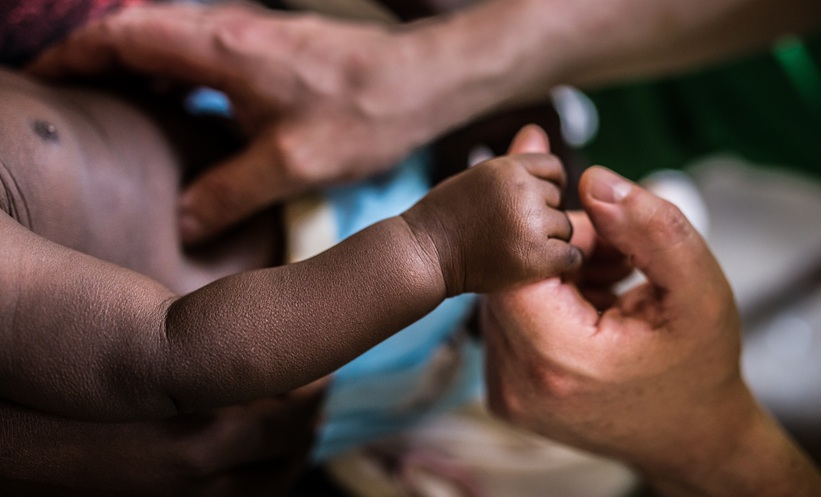NEW global estimates from the 2021 Global Burden of Disease Study reveal a sharp decline in diarrhoeal deaths over three decades, with the most significant gains seen in young children, but the disease continues to exact a heavy toll worldwide.
Researchers used a combination of data sources and advanced modelling tools to estimate incidence, prevalence, and mortality for diarrhoeal diseases across 204 countries and territories from 1990–2021. Cause of death was assessed through ensemble modelling incorporating verbal autopsy and surveillance data. Diarrhoeal incidence and prevalence were estimated using DisMod-MR 2.1, a Bayesian meta-regression tool. Disability-adjusted life-years (DALY) were calculated by summing years of life lost and years lived with disability. The contribution of 13 pathogens and associated risk factors was evaluated using population-attributable fractions derived from counterfactual modelling.
In 2021, diarrhoeal diseases were responsible for an estimated 1.17 million deaths globally (95% UI: 0.793–1.62 million), a 60.3% reduction from 1990. The steepest decline occurred in children under 5 years, among whom deaths fell by 79.2%. Global YLLs from diarrhoea dropped from 186 million in 1990 to 51.4 million in 2021. Nevertheless, diarrhoeal diseases still accounted for 59.0 million DALYs worldwide in 2021, with more than half (30.9 million) affecting children under 5 years.
The leading risk factors for DALYs varied by age group: neonatal low birthweight and short gestation, growth failure in early childhood, and unsafe water and sanitation in older children and adults. Eliminating all evaluated risk factors could reduce global DALYs to 4.99 million. Rotavirus was the leading pathogen globally, causing 15.2% of diarrhoeal deaths, and as much as 35.2% in children under 5 years, followed by Shigella spp (24.0%) and adenovirus (23.8%).
This dramatic decline highlights the success of interventions such as oral rehydration therapy, rotavirus vaccination, and improvements in water and sanitation. However, the sustained burden shows the need for continued investment in targeted public health measures, vaccine development, and global access to WASH infrastructure.
Reference
GBD 2021 Diarrhoeal Diseases Collaborators. Global, regional, and national age-sex-specific burden of diarrhoeal diseases, their risk factors, and aetiologies, 1990-2021, for 204 countries and territories: a systematic analysis for the Global Burden of Disease Study 2021. Lancet Infect Dis. 2025;25(5):519-36.








